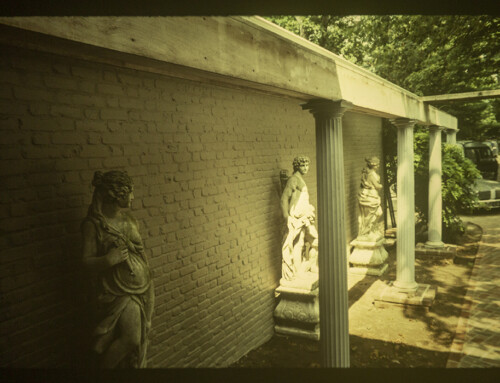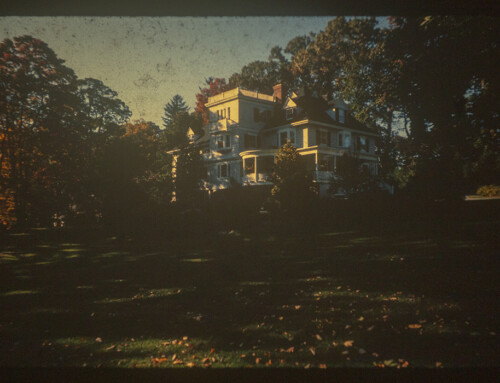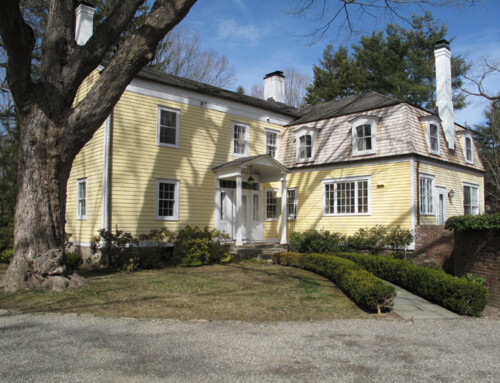Legacy. When discussing a sizable project with a client, it has always amazed and interested me that they rarely, if ever, ask,
“How long will it last?”
A distinct and obvious contrast
The same 60 thousand that is spent on a kitchen remodel will buy an instantly available, almost no money-down automobile.
The contrast of waiting three to six months for the kitchen sets up stark perceptual contrast. Of course, custom-designed products (like a top-notch Kitchen) take longer to produce.
Planned obsolescence
Vast dumps of broken, out-of-date electronics can be found in every city on the planet. The value of electronic hardware is not in its utility, but in its ever-evolving “compatibility.” The marketing that goes along with compatibility makes sure that today’s toy is tomorrow’s trash. Thus, heaps of useless computer carcasses lay in waste.
In the carpenter’s world, a door is still a door – especially if it was hung correctly in the first place!
The home building industry has had relatively few innovations
We often encounter a fairly contemporary house sheathed in 1×6 rather than plywood, with drywall nailed (rather than screwed) to the studs. It still requires that the carpenter, sheet rocker, tiler, or roofer manually cut each piece.
Sure, the saws are more efficient and big cabinet companies use computer software to create speed and accuracy in a stock-sized product, but, in general, carpenters have to carefully fix each box into a not-so-perfectly square or level room.
So, how long will it last?
If we choose the correct materials for 1) climate variety, 2) construct a breathable, yet weather-tight structure, 3) fit all the parts carefully, 4) choose the right materials for strength and stability, these buildings can easily last 200 years!
Let’s see how long that 60 thousand-dollar Lexus lasts!
Does it matter?
We make choices every day. What we value, and what we waste, often has nothing to do with our consumptive patterns.
If someone designs a 100-year product but it costs twice as much as a ten-year product, would we buy it? I doubt it. Most people don’t.
So, why rebuild a structure like a 100-year old house if the client will move on in a few years?
The answer is legacy.
We love historical architecture
Traveling in Latin America, we walk in the Colonial centers of the great cities. The buildings that are made of stone have stood proudly for 400-500 years. We can sense their whispered history. Some of these buildings and the walls that surround them have been restored; renewed, wired, and plumbed for contemporary life.
Restoration work supports our connection to ancestral lineage
Restoring a one-hundred-year-old Colonial is an important and meaningful endeavor. It verifies the passion of an artisan’s truth:
Each cut might last a thousand years!





